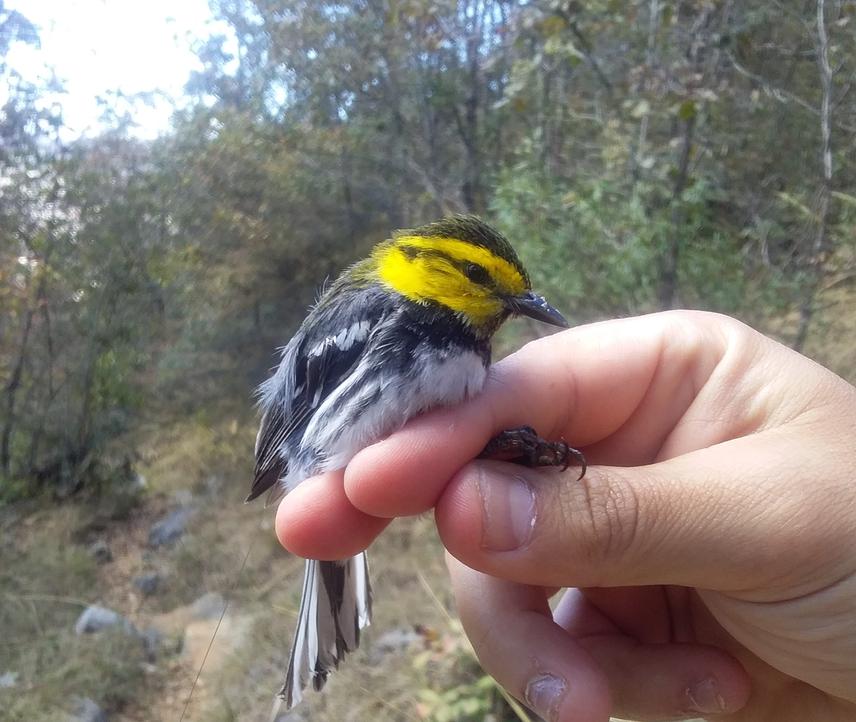Emerenciano Rivera
Pine-oak forests of Chiapas harbours a great portion of the Mesoamerican biodiversity. However, they are heavily threatened by chronic wood extraction for fuel and deforestation for agriculture and urbanization. This work will evaluate the role of non- traditional schemes (i.e., community-based and private land protected areas) to provide forest habitats for mixed-species bird foraging flocks as some endangered migratory species such as the golden cheeked warbler (Setophaga chrysoparia, IUCN Red List 2016) mainly rely on them to survive during non-breeding seasons. Results will increase knowledge about density, habitat use, home range and winter distribution of the golden-cheeked warbler and other flock species. Research outcomes will identify the management scheme that best satisfy species requirements in terms of habitat availability, connectivity and functionality within human modified landscapes. Finally, this work will provide research-based guidelines for sustainable forest management and forest restoration activities within the study areas.

Female individual of the focal species in this study.
Traditional protected areas (i.e., government-managed) are being surrounded by land covers associated with human activities and becoming “islands of species conservation”. Community-based and private land protected areas can possibly enhance actions for biodiversity conservation and provision of their ecosystem services but there is scarce information about biodiversity responses to environmental and spatial variation within these schemes. Bird species have an important role in ecosystem functioning as they participate in forest regeneration and regulation of insect populations among other environmental services, however, their responses to variation in habitat structure, composition and spatial arrangement of covers within non-traditional schemes are poorly understood.
This research aims to disentangle those ecological and spatial factors that are influencing the persistence of mixed-species bird foraging flocks of an endangered species such as the golden-cheeked warbler (Setophaga chrysoparia IUCN Red List 2016), which arrives every winter to pine-oak forests of Chiapas and aggregates within flocks to possible enhance its survival.
Conservation and management strategies of this flag species and other flock members through research-based information are crucial to create and enhance public policies regarding implementation of complementary management schemes that will secure the maintenance of biodiversity and their environmental services within human-dominated landscapes. Currently, there is a strong interest by conservation agencies (both government and NGO’s) of Mexico and Central America, landowners and other stakeholders, to generate practical information about flocks’ ecology in order to maintain their habitats as this can result in the conservation of extensive forest areas that are providing several environmental services to human populations inhabiting the study areas.